Bicep Hammer curl is a very effective exercise that targets not only the biceps but also the accessory muscles that are used in bending the elbow. These include the upper arm muscles (long head bicep brachii and brachialis) and forearm (brachioradialis) muscles.
What is Bicep Hammer Curl?
The bicep hammer curl is a classic weight training exercise that targets the biceps, forearms, and brachioradialis muscle group. This exercise is an excellent addition to any workout routine, providing a range of benefits, from increased strength and definition to improved arm stability and functional fitness.
Whether you’re a beginner or an experienced weightlifter, the bicep hammer curl is a simple, yet effective exercise that can help you reach your fitness goals.

Importance of Bicep Hammer Curl
- Bicep Hammer Curl is important because they target not only the biceps brachii but also the brachialis muscle.
- By incorporating Hammer Curl into your workout routine, you can effectively develop and strengthen both the biceps and brachialis muscles.
- The brachialis muscle lies underneath the biceps brachii and helps in elbow flexion.
- Strengthening the brachialis muscle enhances the overall appearance and size of the upper arm, contributing to a well-rounded biceps development.
Muscle Targeted by Bicep Hammer Curl

- Bicep Hammer Curl primarily targets the biceps brachii muscle and the brachialis muscle.
- Biceps brachii muscle is responsible for flexing the elbow joint and supinating the forearm.
- Brachialis muscle plays a crucial role in elbow flexion and contributes to the thickness and overall shape of the upper arm.
Benefits of Bicep Hammer Curl
Bicep Hammer curl is very beneficial. There are multiple benefits to practicing this exercise daily.
Increased Bicep Strength
The bicep hammer curl helps to target the biceps and build strength in this muscle group. This exercise can help increase overall arm strength and promote muscle growth, making it a valuable addition to any workout routine.
Improved Forearm Strength
The hammer grip used in the bicep hammer curl places a greater emphasis on the forearms and brachioradialis muscle group, helping to build strength and definition in these areas.
Reduced Risk of Injury
The neutral grip of the bicep hammer curl reduces the risk of injury compared to traditional bicep curls, as it places less strain on the wrists and elbow joints.
Increased Muscle Definition
The bicep hammer curl helps to increase muscle definition and shape in the upper arms, improving the overall appearance and promoting a more aesthetically pleasing physique.
Improved Functional Fitness
By strengthening the biceps, forearms, and brachioradialis, the bicep hammer curl can improve overall arm stability and functional fitness, making daily activities easier and reducing the risk of injury.
How to do Bicep Hammer Curl Exercise: Step-by-step Instructions
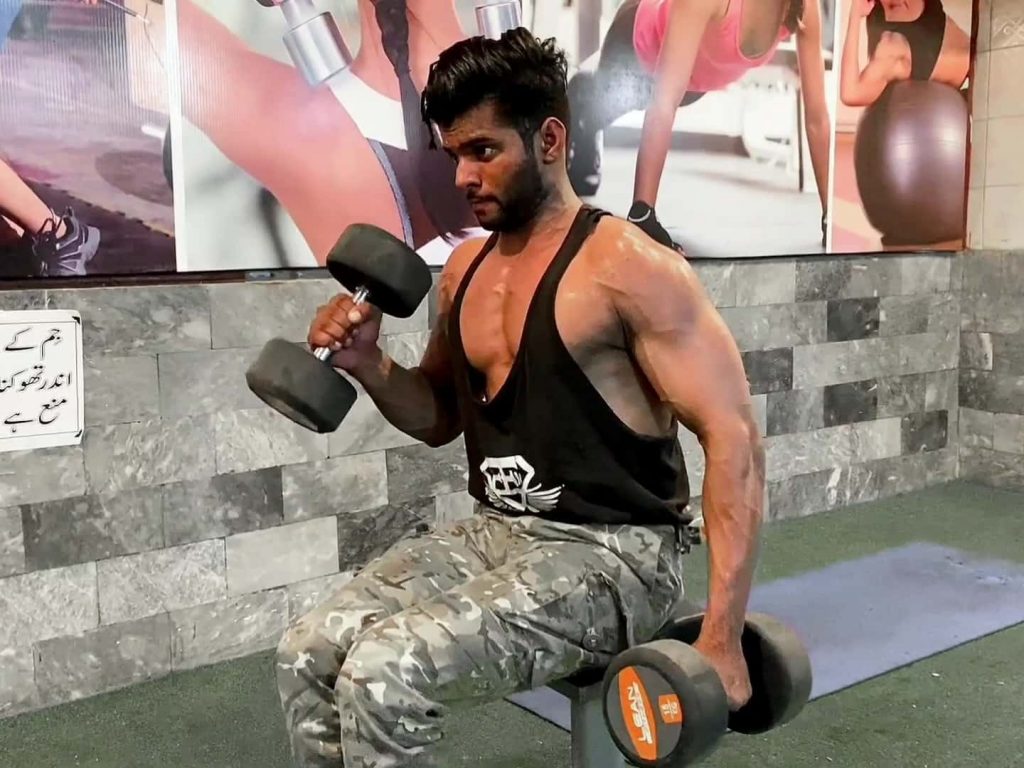
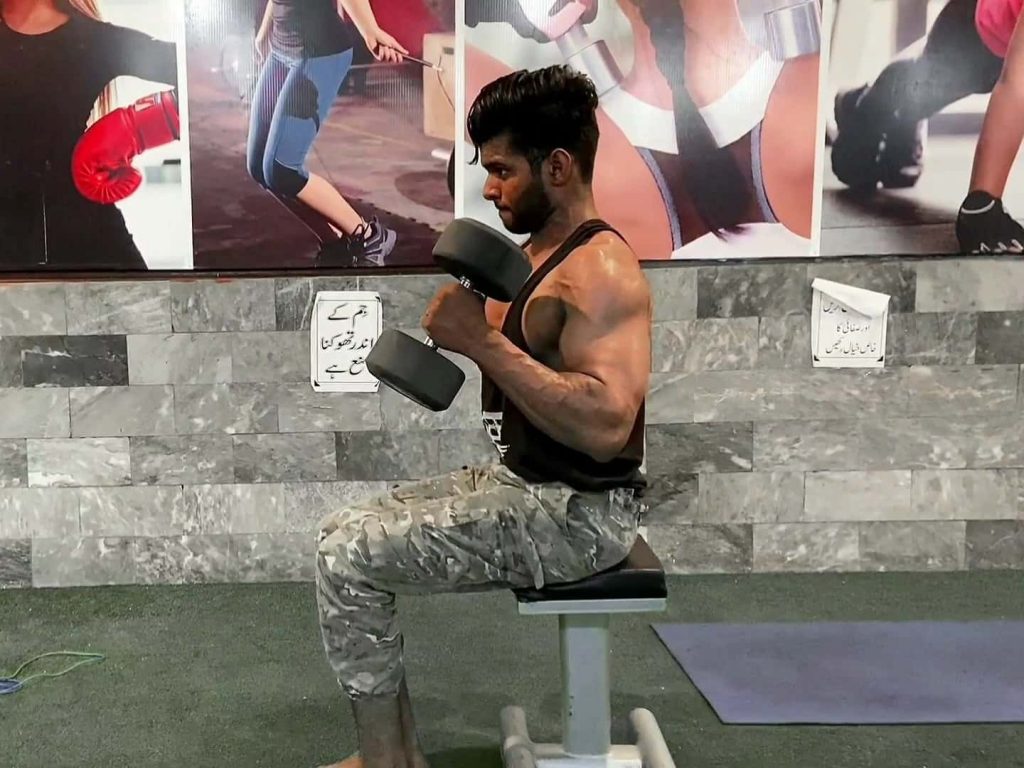
A. Proper Set-Up and Equipment Selection
- Stand upright with a dumbbell in each hand, palms facing your torso (neutral grip).
- Ensure that you have an appropriate weight dumbbell for your fitness level.
B. Step-by-Step Execution Guide
- Start with your arms fully extended by your sides, elbows close to your torso, and palms facing each other.
- Keeping your upper arms stationary, exhale and slowly curl the dumbbells upwards towards your shoulders.
- Continue curling until your biceps are fully contracted and the dumbbells are at shoulder level.
- Hold the contracted position for a brief pause, squeezing your biceps.
- In a controlled manner, inhale and slowly lower the dumbbells back down to the starting position, fully extending your arms.
- Repeat for the desired number of repetitions.
C. Breathing Technique for Optimal Performance
- Exhale during the concentric phase, which is when you lift the dumbbells towards your shoulders.
- Inhale during the eccentric phase, which is when you lower the dumbbells back down to the starting position.
D. Recommended Repetition Ranges and Sets
- Beginners: Aim for 8-12 repetitions for each set.
- Intermediate/Advanced: You can perform 10-15 repetitions or even go heavier with 6-8 repetitions for more strength-focused training.
- Complete 2-4 sets of the exercise, resting for 60-90 seconds between sets.
Note: Avoid swinging the weights or using momentum to complete the repetition. It is important to keep your movements controlled and focused on the biceps. Consider using a lighter weight and working up gradually if necessary.
Variations of Bicep Hammer Curl
Concentration Hammer Curl
This variation is performed by sitting on a bench and curling the weights towards the shoulder while focusing on the bicep contraction. This modification allows for greater isolation of the biceps and can help increase overall muscle activation.
1. Technique and Execution
- Sit on a bench with your legs spread apart.
- Grasp a dumbbell with a neutral grip in one hand.
- Rest your elbow on the inside of your thigh.
- Curl the dumbbell upward while keeping your upper arm stationary.
- Squeeze your biceps at the top and then slowly lower the weight back down
2. Benefits
- Concentration Hammer Curls isolate the biceps and brachialis muscles, promoting muscle growth and strength.
- The seated position provides stability and allows for strict form, targeting the biceps effectively.
Alternating Bicep Hammer Curl
In this variation, each arm performs a curl independently, alternating between arms with each repetition. This can help to improve balance and stability in the biceps.
1. Technique and Execution
- Stand upright with a dumbbell in each hand, palms facing your torso.
- Curl one dumbbell while keeping the other arm stationary.
- Alternate between arms, ensuring a controlled and smooth movement
2. Benefits
- Alternating Bicep Hammer Curls help improve muscle symmetry and balance between the right and left arms.
- They also engage the core for stability and coordination.
Standing Bicep Hammer Curl
This variation is performed while standing and allows for the engagement of additional muscle groups, such as the core and legs, providing a full-body workout.
1. Technique and Execution
- Stand upright with a dumbbell in each hand, palms facing your torso.
- Keep your upper arms stationary and curl both dumbbells simultaneously towards your shoulders.
- Maintain control throughout the movement.
2. Benefits
- Standing Bicep Hammer Curls engage the biceps and brachialis muscles while also activating the stabilizer muscles in the core and upper body.
- It provides a functional and dynamic variation to target the biceps effectively.
Incline Bicep Hammer Curl
This modification is performed on an incline bench and places a greater emphasis on the upper biceps, helping to increase overall muscle activation in this area.
1. Technique and Execution
- Set an incline bench at a 45-degree angle.
- Sit back on the bench with a dumbbell in each hand, palms facing your torso.
- With your upper arms against the bench, curl the dumbbells towards your shoulders, maintaining control.
2. Benefits
- Incline Bicep Hammer Curls shift the focus onto the long head of the biceps.
- The incline position increases the range of motion and places greater tension on the biceps, contributing to overall biceps development.
Cable Bicep Hammer Curl

This variation is performed using a cable machine, allowing for constant tension on the biceps throughout the entire movement. This modification can be useful for those looking to increase muscle activation and overall strength.
1. Technique and Execution
- Stand facing a cable machine with the handles attached at the lowest setting.
- Grasp the handles with a neutral grip.
- Keep your elbows close to your sides and curl the handles upward, maintaining control.
- Slowly return to the starting position.
2. Benefits
- Cable Bicep Hammer Curls provide constant tension on the biceps throughout the movement.
- They help strengthen the biceps and brachialis while also engaging the stabilizing muscles for balance and control.
Seated Bicep Hammer Curl
This variation is performed while seated, which helps to isolate the biceps and minimize the involvement of other muscles. It can be performed with dumbbells or a barbell.
1. Technique and Execution
- Sit on a bench with a dumbbell in each hand, palms facing your torso.
- Keep your back straight and curl the dumbbells towards your shoulders, maintaining control.
- Slowly lower the weights back down.
2. Benefits
- Seated Bicep Hammer Curls isolate the biceps and brachialis muscles, allowing for strict form and targeted muscle activation.
- The seated position provides stability and eliminates the use of momentum, ensuring proper biceps engagement.
These modifications and variations can be incorporated into your workout routine to target specific muscle groups, improve muscle activation, and increase overall strength and definition in the biceps. It is important to consult with a personal trainer or licensed fitness professional to determine the best modifications and variations for your individual fitness goals.
Incorporating Bicep Hammer Curl into Your Workout Routine
Sets and Reps
- It’s recommended to perform 3-4 sets of 8-12 reps for Bicep Hammer Curls.
- If you’re new to this exercise, start with lighter weights and fewer reps, and gradually increase the weight and reps as your strength improves.
Frequency of workouts
- Bicep Hammer Curls can be performed once or twice a week as part of a larger upper-body workout.
- Avoid training your biceps on consecutive days to allow for proper muscle recovery.
Combining with other exercises
- Bicep Hammer Curls can be combined with other exercises that target the biceps, such as regular bicep curls and preacher curls. It’s also effective to pair Bicep Hammer Curls with tricep exercises for a complete arm workout.
Common Mistakes you should avoid
Every exercise is effective if only you are doing it right! You should avoid these mistakes while doing the hammer curls.
Poor Form
Using improper form during the bicep hammer curl can result in injury and reduce the effectiveness of the exercise. Ensure that you maintain good posture, keep your back straight, and control the movement throughout the exercise.
Using Too Much Weight
Using too much weight can cause you to swing the weights and compromise your form, reducing the effectiveness of the exercise and increasing the risk of injury. Start with lighter weights and gradually increase as strength improves.
Neglecting the Eccentric Phase
The eccentric phase, or lowering of the weights, is an important aspect of the bicep hammer curl. Neglecting this phase can reduce muscle activation and result in poor results. Focus on controlling the movement throughout the entire exercise.
Using Momentum
Using momentum, such as swinging the weights, can take the strain off the biceps and reduce the effectiveness of the exercise. Focus on controlling the movement and engaging the biceps throughout the exercise.
Ignoring Warm-Up
Neglecting to warm up before performing the bicep hammer curl can result in injury and reduce performance. It is important to perform a proper warm-up, such as light cardio and stretching, to prepare the muscles for the exercise.
Tips for Maximizing Your Results
Maintain a neutral grip
The key to performing the dumbbell hammer curl correctly is to maintain a neutral grip throughout the movement. This means that your palms should face each other, rather than turning up or down.
Keep your elbows close to your sides
As you perform the curl, be sure to keep your elbows close to your sides. This will help to isolate the biceps and forearms, as well as prevent strain on the shoulder joints.
Move slowly and smoothly
The motion of the curl should be slow and controlled. Avoid using momentum to lift the weights, as this can compromise form and increase the risk of injury.
Use proper weight
Choose a weight that is challenging, but still allows you to maintain proper form throughout the exercise. If you find that the weight is too light, increase it in small increments until you reach the right level of difficulty.
Warm up before starting
Before performing the dumbbell hammer curl, be sure to warm up properly. This could include light cardio, dynamic stretching, or a few lighter sets of exercises.
Keep your back straight
Maintain a straight posture throughout the exercise, with your back straight and core engaged. This will help to prevent strain on the lower back and maintain proper form.
Gradually increase the weight
As you progress in your training, gradually increase the weight used in the dumbbell hammer curl. This will help to continue challenging your muscles and encourage growth and strength.
Remember, it’s important to focus on proper form and technique when performing the dumbbell hammer curl. Incorporating these tips into your routine will help to ensure that you get the most out of this exercise and achieve your desired results.
FAQs
What muscles does the Hammer Curl work?
The hammer curl primarily works the biceps, forearms, and brachioradialis. It helps to build strength in these areas and improve functional fitness.
What is the difference between a Hammer Curl and a Dumbbell Curl?
The main difference between a hammer curl and a dumbbell curl is the grip. A hammer curl uses a neutral grip, while a dumbbell curl uses a supinated grip. This grip difference can result in different muscle activation patterns, making each exercise useful for targeting specific muscle groups
Which Workout is hardest for the Biceps?
There are some hardest biceps workouts that will give you huge benefits
1- Standing Hammer Curl
2- Incline Dumbbell Curl
3- Standing resistance band curls
4- Single-arm incline bench preacher curl
Can Hammer Curls be done with a barbell?
Yes, hammer curls can be performed with a barbell, using a neutral grip. This variation can be useful for increasing overall strength and muscle activation in the biceps, forearms, and brachioradialis.
How many sets and reps should I do for Hammer Curls?
The number of sets and reps for hammer curls can vary depending on individual fitness goals and experience. A general recommendation is to perform 3-4 sets of 8-12 reps with moderate weight. It is important to consult with a personal trainer or licensed fitness professional for personalized recommendations.
Are Hammer Curls necessary for building bicep size?
While hammer curls are an effective exercise for strengthening and shaping the biceps, they are not necessary for building bicep size. A comprehensive bicep workout routine should include a variety of exercises to target different muscle groups and achieve overall size and definition.
Conclusion
The bicep hammer curl is a highly effective exercise for strengthening and shaping the biceps, forearms, and brachioradialis. With a neutral grip, this exercise helps to reduce the risk of injury while still providing excellent results. Incorporating modifications and variations into your workout routine can help to target specific muscle groups, improve muscle activation, and increase overall strength and definition in the biceps.
Remember to maintain proper form, use an appropriate amount of weight, and warm up before performing the exercise to reduce the risk of injury and improve results. The bicep hammer curl is a valuable addition to any workout routine, helping to build strength, improve functional fitness, and enhance overall appearance.



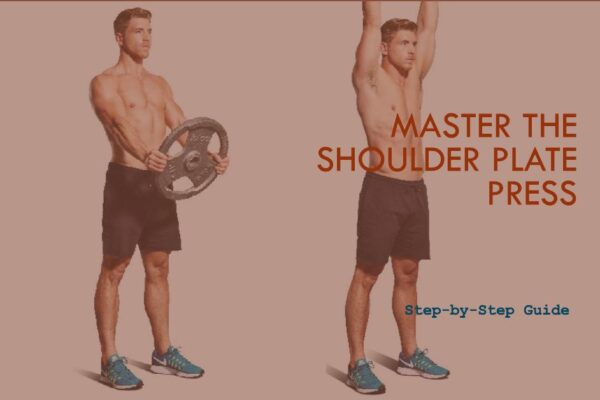
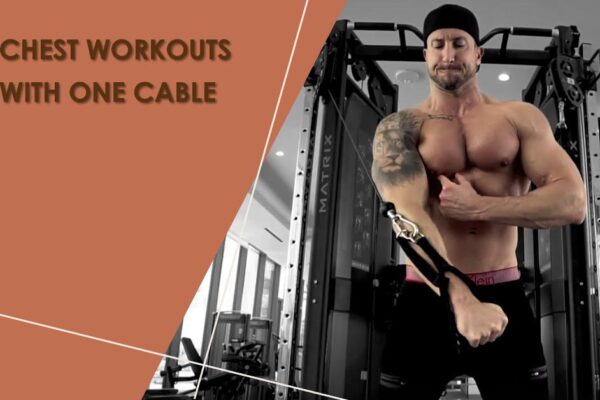
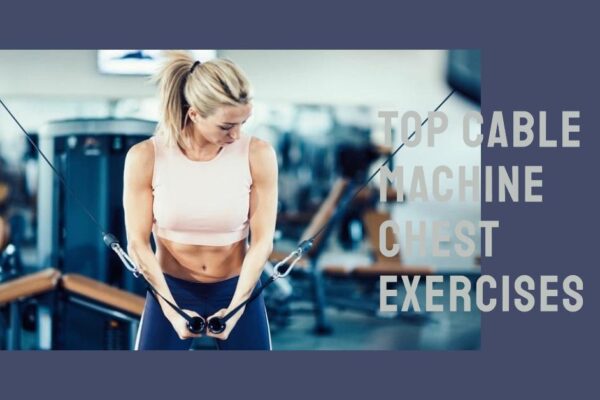
Leave a Reply